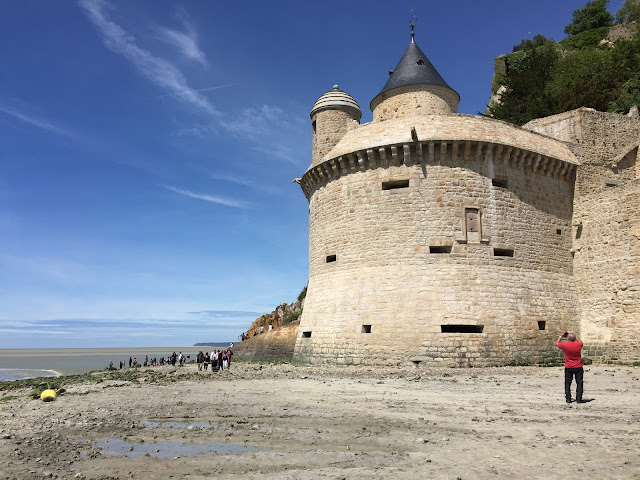I traveled from Charlottesville to Washington DC by Amtrak train, and visited my other cousin, and then traveled to New York City by Amtrak train. My experience with Amtrak on all three trips was very good; good service and functioning air-conditioning, the latter which was necessary given that most of the time I was in the USA, the temperatures were well over 95 degrees Fahrenheit, at least where I visited. The trains were packed, so talk of the demise of railroad travel in the USA seems rather premature, in my opinion. I find it very pleasant to travel by train.
I was together with friends from different periods in my past life on this trip: I spent an evening with two friends that I worked together with over thirty years ago at Memorial Sloan-Kettering Cancer Center; another evening with some women friends from high school; a day and evening with a close friend from the neighborhood where I grew up, and then some days with my close friend who lives further upstate. She and I made a list of all the things we wanted to do together on this visit, and we did them all. We have already decided to make a list next year as well. One of the things we did this year was to drive to Hyde Park New York (home to Marist College and the Culinary Institute of America) to visit Springwood, the home of President Franklin D. Roosevelt. It is well-worth visiting Springwood both for its beauty and its history. The library on the premises has a very moving exhibit called Day of Infamy (https://fdrlibrary.org/pearl-harbor-exhibit), about the bombing of Pearl Harbor and Roosevelt’s response to the attack; the exhibit is open to the public until the end of December. Roosevelt loved to be at Springwood, just as Jefferson loved to be at Monticello. It is not hard to understand why in either case.
Both Franklin and Eleanor Roosevelt were impressive individuals, singly and together. They are role models for how to behave in the public eye. Visiting Springwood made that even more apparent. When I think about this summer from a purely historical perspective, I realize that I have experienced a lot of American history this year: from Normandy and the D-Day landing beaches to Monticello to Springwood. As I get older, I find myself becoming more and more interested in American history. Perhaps not so strange, now that I no longer reside in my country. No matter how many problems and turmoil the USA undergoes (and how crazy the political processes are when election time comes around), I find myself more enamored of my country and its rich history for each year that passes. But mostly, I love being together with good friends and the little family I have left, especially knowing that time marches on and we are all getting older. There are no guarantees in life, so the most important thing is spending time with people who are close to your heart. Much of the rest is just filler--jobs, material things, money--that make the spending time with loved ones that much nicer.



















































